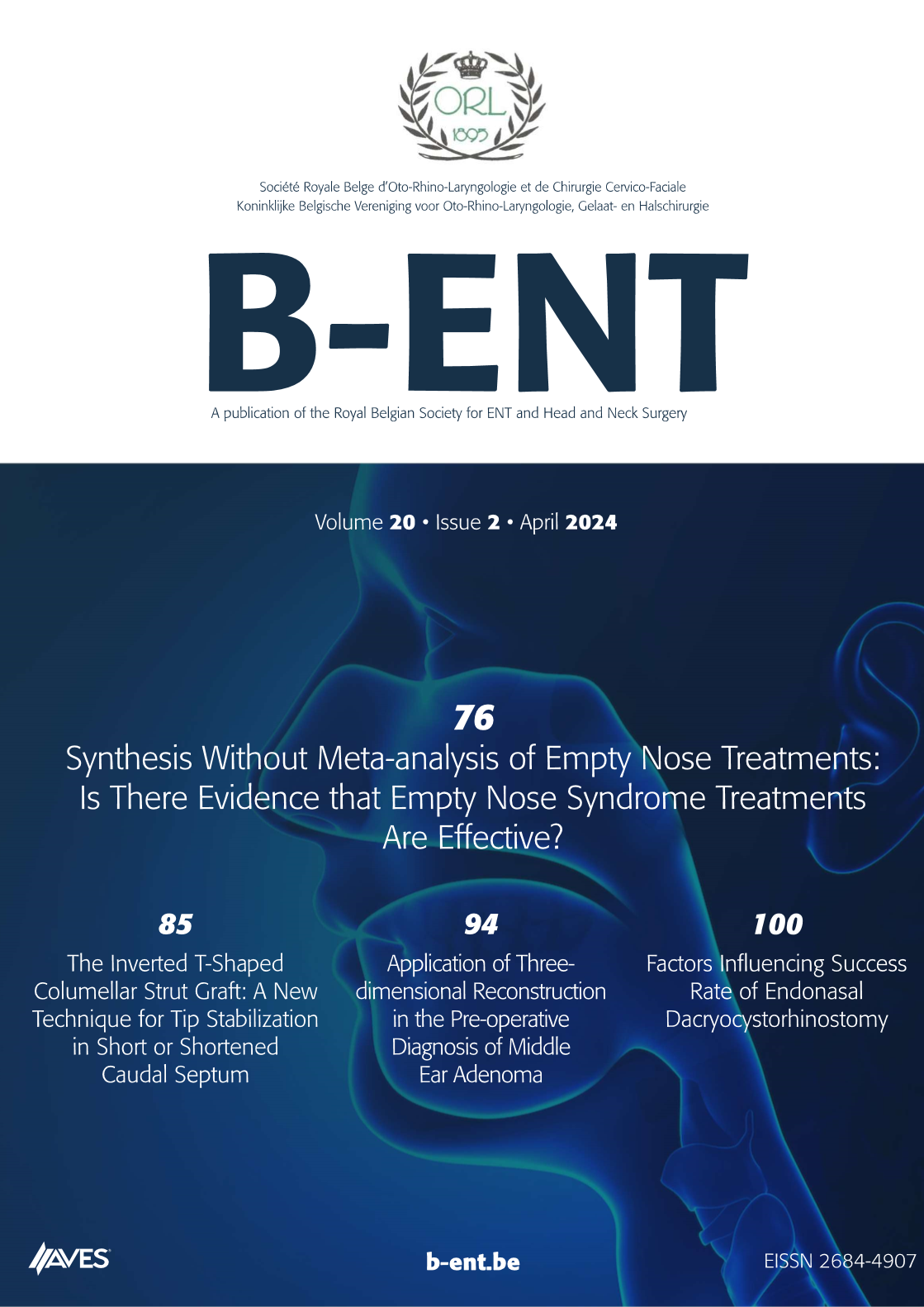Intracranial hemorrhage in Kimura’s disease: coincidence or consequence? Objective: To report an unusual case of Kimura’s disease associated with intracranial hemorrhage, the first such report in the literature.
Case report: A 38-year-old man presented with chronic neurological disorders and a 10-year history of left cervical soft tissue swellings. Magnetic resonance imaging (MRI) of the cranium showed a subacute/chronic hematoma in the left occipitotemporal lobe and a chronic infarct in the right parietal lobe. Cervical computed tomography (CT) and MRI showed multiple masses on the left side of the neck and parotid gland. Histopathologic examination revealed lymphocyte and eosinophil infiltration, proliferation of hyalinated blood vessels, and interstitial fibrosis. Steroid therapy (2 mg/kg per day) was started and the lesions regressed partially. The masses and some enlarged regional lymph nodes were resected.
Conclusions: Intracranial hemorrhage can either be a coincidental finding or complication of Kimura’s disease. MRI and CT are effective modalities in radiologic diagnosis of this condition.



.png)
